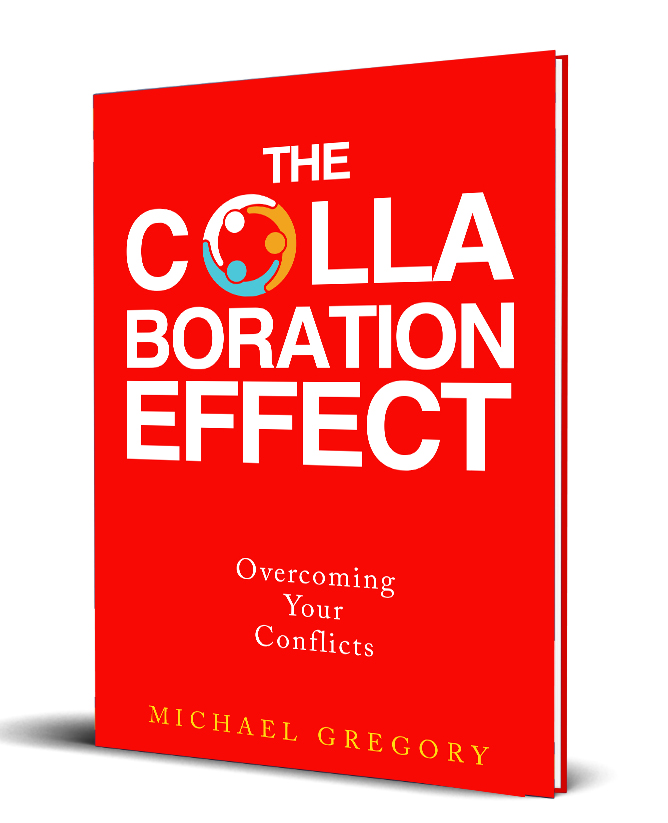
With my firm I stop at the end of each quarter and ask where would I like to be 2 years from now and what would it take for me to get there. With my spouse of over 30 years we pause every January and explore where we are financially and personally and determine our priorities over the next two years. That’s how we scheduled in a 15 day vacation to Europe this summer and a kitchen remodel this year. We are at point in our lives when we can do this. These things don’t just happen, they take planning and a vision.
When I was at the IRS I used to help first the engineering function, then the economist function and finally field specialists with their strategic planning processes over my last five years at the IRS. I have taken the lessons learned there and applied them to my firm the last four years and assisted clients with these issues. I have helped firms and not for profits with strategic planning. Now I want to share some ideas with you on this topic and offer you an article from the Harvard Business Review on this subject to help you.
Yesterday I attended a great session by Deanna Murphy from Strengths Strategy. She ran us through an hour and half on how we can use our strengths to be more effective. Her focus was a very positive implication on starting with hour strengths, then dreaming and designing what we need to do to expand in these areas in the future. Some of her ideas are incorporated in my commentary here today. Birds of a feather tend to flock together. She was preaching to the choir in this instance, but I always learn something new from others.
Returning to strategic planning, It is important to periodically set aside time and think about where you are and where you want to be for some time in the future. Some believe 5 years is appropriate and some believe 2 years or some other number is appropriate. Some believe the right number is a business cycle for their business. Some believe 2 years for personal goals is appropriate. Reflect on what you believe may be appropriate and consider where you want to be personally, professionally or for your firm.
As a reference I would recommend a workbook from the book and workbook by John M. Brunson – Book - “Strategic Planning for Public and Nonprofit Organizations: A Guide to Strengthening and Sustaining Organizational Achievement” but more importantly from my perspective the workbook – “Creating and Implementing Your Strategic Plan: A Workbook for Public and Nonprofit Organizations." I have found using this workbook in part with various clients to be very helpful. It is very thorough and depending on the need, generally not everything needs to be addressed. That is up to the client and the needs of the client.
Even if you don’t want to dive in this deeply a good annual task for a work group is to take a few hours and discuss what is within their control at the group level with questions like:
- What is working? - This helps identify your strengths and may give you the courage to initiate the discussion. This tends to provide positive energy. This allows team members to discuss good working elements currently to allow them later to dream and design actions in the future.
- What do we need to stop? - This tends to raise issues and concerns, but having initiated positive energy with the first question, this tends to help address more serious constraints. We don’t want to look at the world with rose colored glasses. We need to explore some our faults and discuss the 600 pound gorilla in the room.
- What do we need to start? - Explore your strengths? Knowing what is working ask the team to discuss where is it we want to be X time from now? What will it take for us to get there? Dream what our organization and your job would look like at X time from now? Then let’s work on what it would take for us to get there.
Yesterday I attended a great session by Deanna Murphy from Strengths Strategy. She ran us through an hour and half on how we can use our strengths to be more effective. Her focus was a very positive implcation on starting with hour strengths, then dreaming and designing what we need to do to expand in these areas in the future.Some of her ideas are incorporated in my article here today.
Today I read an article published September 3, 2014 from the Harvard Business Review entitled “5 Strategy Questions Every Leader Should Make Time For” by Freek Vermeulen. In this article the author points out that leaders like Warren Buffet and Bill Gates specifically set aside time to think about where they are going to dream and design for the future. With our day to day tasks we certainly are busy. Normally we are too busy. When can we set aside the time to figure out where we are going? The author argues and I believe rightly so we need to set aside the time to make dreaming and designing for the future a priority on a periodic basis.
As a quote from the article I offer:
“As famous management professor Henry Mintzberg has described, much of strategy is “emergent.” It is often not the result of a strategic plan just being implemented, but driven by opportunistic responses to unexpected events. Stuff happens. Companies often engage in new activities – customers, markets, products, and business models – serendipitously, in response to external events and lucky breaks. But this also means that business leaders need to make ample time to reflect on the configuration that has emerged. They need to systematically analyze and carefully think it through, and make adjustments where necessary. Many leaders don’t make that time – at least not enough of it.”
Key points from the article are to address:
- What does not fit?
- What would an outsider do?
- Is my organization consistent with my strategy?
- Do I understand why we do it this way?
- What might be the long term consequences?
This is truly big picture thinking for the CEO, but I believe whether you consider the commentary above or the commentary from this article, it is necessary to sit down periodically to determine your priorities and where you want to go personally, professionally and with your firm. Explore your strengths. Discuss with a friend something that you are really proud of. Think of how that makes you feel. What can you do to more of that? This will help drive you with your own personal, professional and organizational design going forward. Write down your goals and take actions to help make them a reality. As with the quote above, don't simply follow a plan, but with a plan adapt to your reality and modify the plan to reflect real world changes along the way. After all things happen. However, if you have a plan it is much easier to adapt the plan to your current reality. With your plan you can use your strengths to make it there.
About the author
Mike Gregory is a professional speaker, an author, and a mediator. You may contact Mike directly at mg@mikegreg.com and at (651) 633-5311. Mike has written 12 books (and co-authored two others) including his latest book, The Collaboration Effect: Overcoming Your Conflicts, and The Servant Manager, Business Valuations and the IRS, and Peaceful Resolutions that you may find helpful. [Michael Gregory, ASA, CVA, MBA, Qualified Mediator with the Minnesota Supreme Court]

